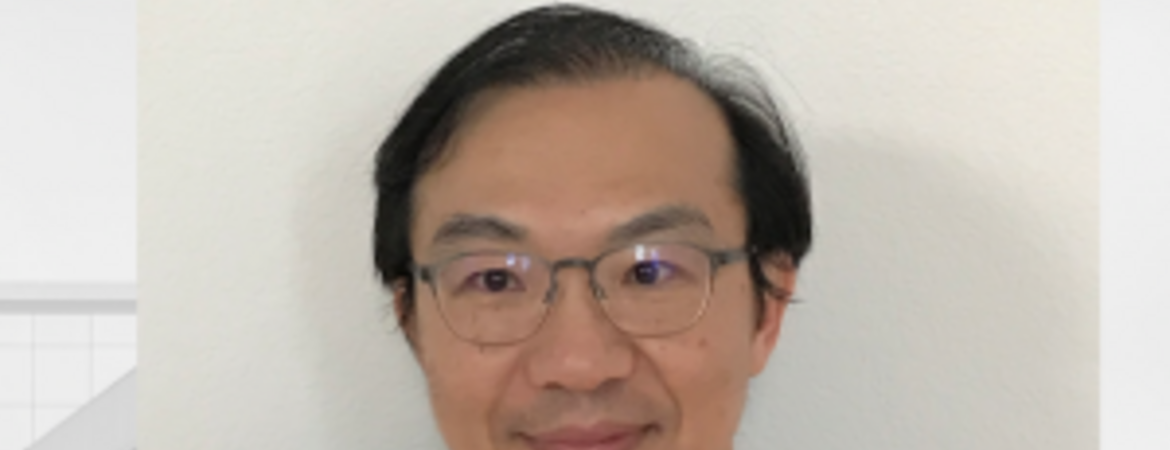
Title: AI enabled single cell spatial biology technologies with image-guided cell sorters
FRIDAY, NOVEMBER 4, 2022 11:00 AM - 12:00 PM
Abstract:
Single cell analysis is playing an important role in biological and medical research. Flow cytometers and fluorescence-activated cell sorters (FACS) are workhorse for single cell analysis, offering high throughput and the ability of isolating cells of high interest, especially those rare cells or new cell types. On the other hand, microscopy, especially 3D microscopy, can produce high information contents, revealing important insight in cell phenotypes and high spatial information although cell isolation in a microscope platform with techniques such as laser microdissection is cumbersome and subject to cell damage.
We present results of image-guided cell sorters and 3D imaging flow cytometers (3D-IFCs) that possess the merits of high throughput and high content imaging in a single system. The image-guided FACS system uses a microfluidic cartridge with an on-chip piezoelectric actuator to sort cells of interest into tubes or 384-well plates. The cell sorting criteria (i.e. gating) is based on the 2D images of cells. The 3D-IFC system is able to produce 3D fluorescent, scattering, and transmission images of each single cell at a throughput of 1000 cells/s, which is 1000-10,000 times faster than a fluorescent confocal microscope.
Both the 2D image-guided FACS and 3D-IFC are empowered by artificial intelligence (AI) with convolutional neural network. With the AI capabilities based on semi-supervised learning, both systems have shown superb capabilities for classification and cell type discovery. Results from several experiments, including diagnosis of leukemia and NASH diseases, DNA damages, protein translocations under drug treatments, and cell cycle detection, will be discussed in the presentation.